Lymph nodes, hundreds of small structures located throughout the body, play a pivotal role in immunity, including anti-tumor immune responses. White | Cancer


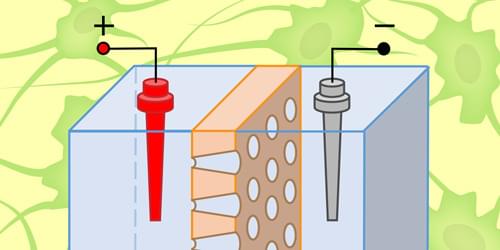
Experiments with membranes offer a path toward scalable neuromorphic computing.
Imagine a future in which computers process information not with streams of electrons but with hydrated ions flowing through salt water, a system that mimics how the brain itself computes. This emerging field—known as iontronics, a portmanteau of ions and electronics—is rapidly growing as researchers design neuromorphic computing devices, inspired by animal nervous systems and powered by electrolyte solutions at the nanoscale [1–3]. Since Leon Chua introduced the memory resistor or “memristor” in the 1970s [4], these components have been considered revolutionary building blocks for neuromorphic computing. A memristor’s electrical resistance depends on the current that flowed through it before it was powered off, offering a way to store information. Unlike solid-state memristors, fluidic ones still face challenges in terms of scalability and integration with a circuit.
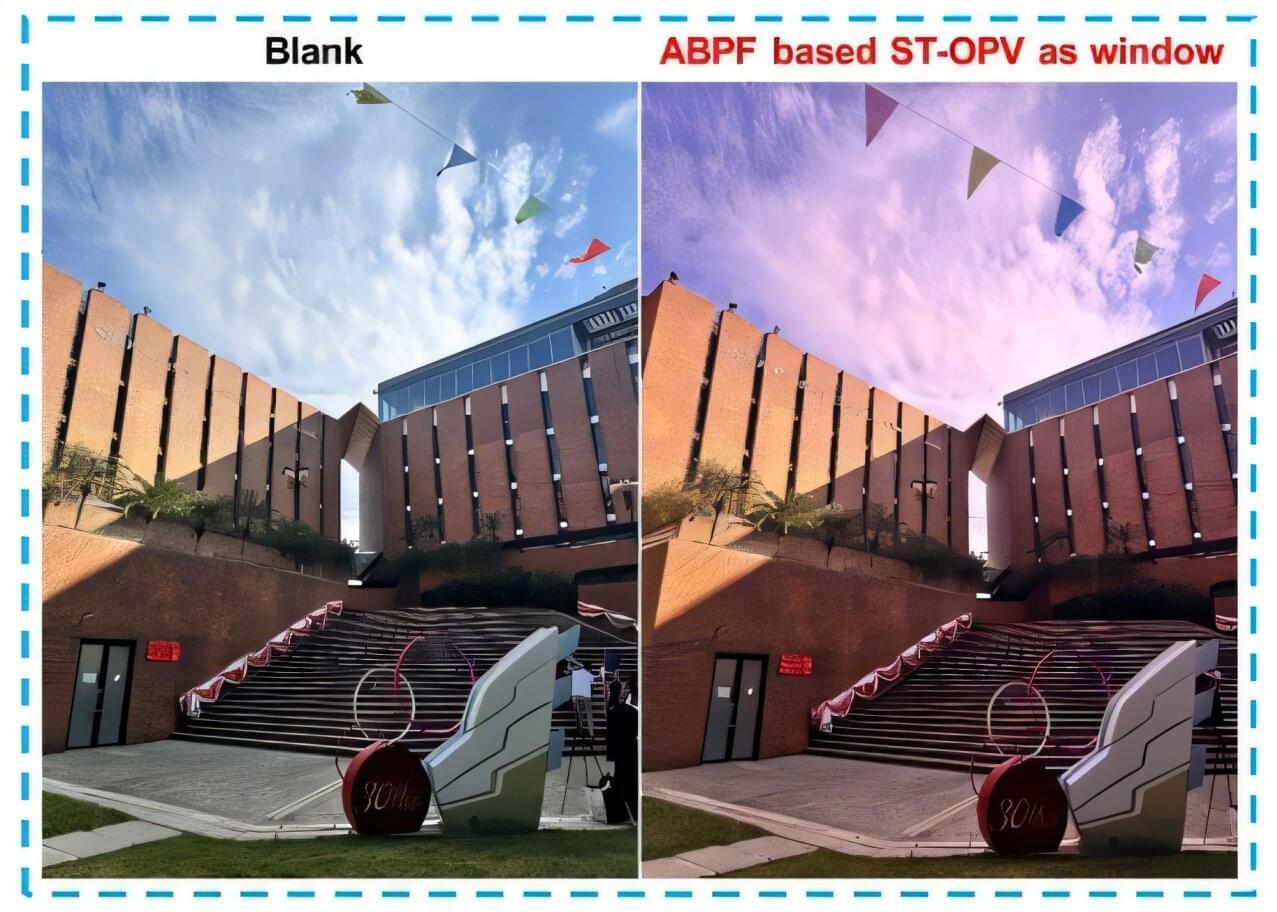
While most solar cells on the market today are based on silicon, energy engineers have recently been assessing the performance of alternative cells based on other photovoltaic (PV) materials. These alternative options include so-called organic solar cells (OSCs), lightweight and flexible cells that are based on organic semiconducting materials.
The operation of OSCs relies on a so-called active layer, a structure made of two different types of materials, referred to as donor and acceptor materials. Both materials absorb sunlight and generate excitons which dissociate into electrons and holes at the interface between donor and acceptor materials. Then holes are transported in donor materials, while the acceptors transport electrons and facilitate their flow through the device to generate electricity.
Compared to conventional silicon-based solar cells, OSCs could be more flexible, lighter, more affordable and easier to tailor for specific applications, for instance by changing their color or transparency. Nonetheless, the efficiency with which they convert solar energy into electricity remains significantly lower than that of commercially available photovoltaics (PVs).

Chemists from the University of Warwick and Monash University have discovered a promising new antibiotic that shows activity against drug-resistant bacterial pathogens, including MRSA and VRE
Antimicrobial resistance (AMR) is one of the world’s most urgent health challenges, with the WHO’s new report showing there are ‘too few antibacterials in the pipeline. Most of the ‘low-hanging fruit’ has already been found, and the limited commercial incentives deter investment in antibiotic discovery.
In a study published in the Journal of the American Chemical Society, researchers from the Monash Warwick Alliance Combating Emerging Superbug Threats Initiative have discovered a promising new antibiotic—pre-methylenomycin C lactone.
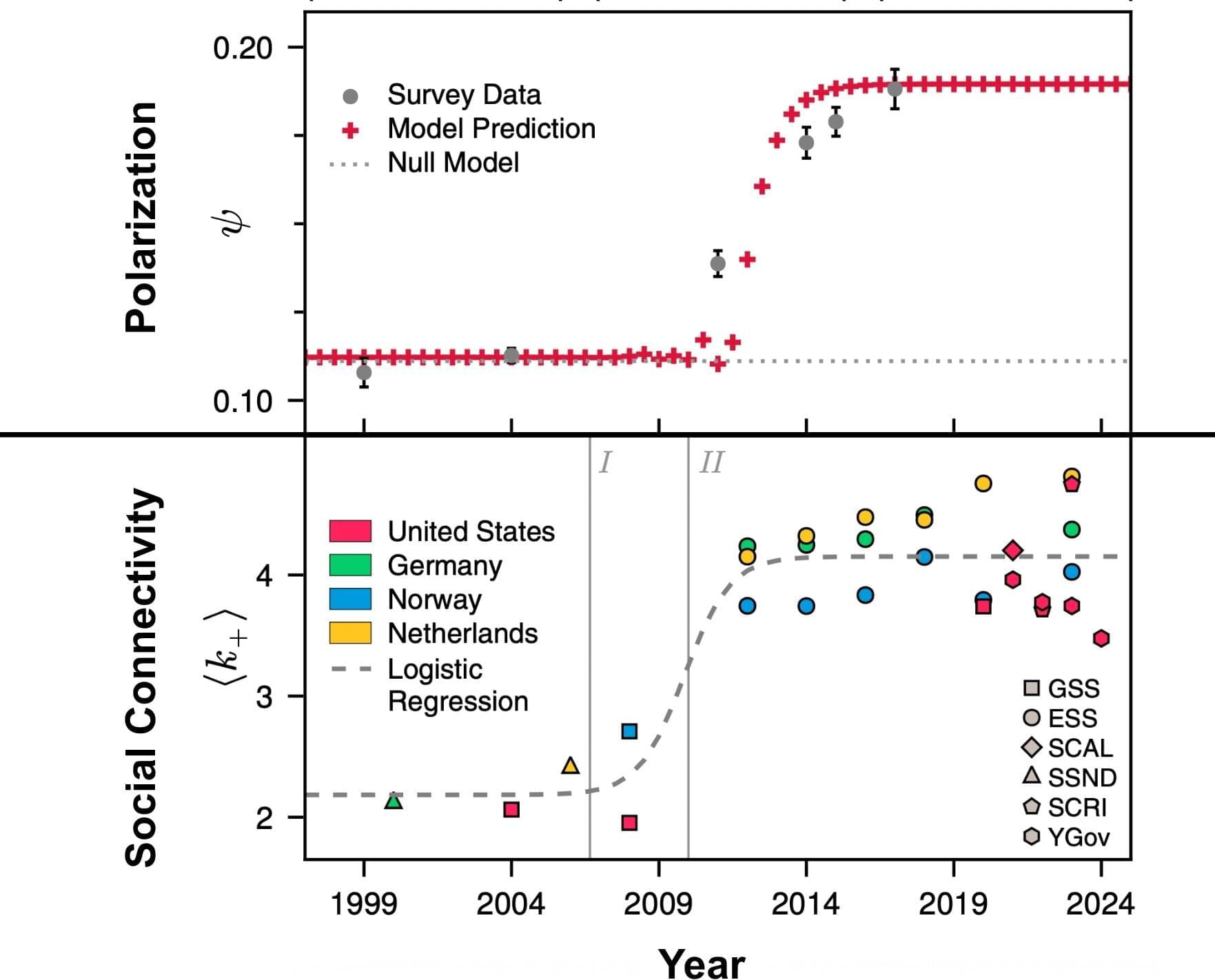
Between 2008 and 2010, polarization in society increased dramatically alongside a significant shift in social behavior: the number of close social contacts rose from an average of two to four or five people. The connection between these two developments could provide a fundamental explanation for why societies around the world are increasingly fragmenting into ideological bubbles.
“The big question that not only we, but many countries are currently grappling with, is why polarization has increased so dramatically in recent years,” says Stefan Thurner from the Complexity Science Hub (CSH), explaining the study’s motivation. The research was published in Proceedings of the National Academy of Sciences.
The researchers’ findings confirm that increasing polarization is not merely perceived—it is measurable and objectively occurring. “And this increase happened suddenly, between 2008 and 2010,” says Thurner. The question remained: what caused it?
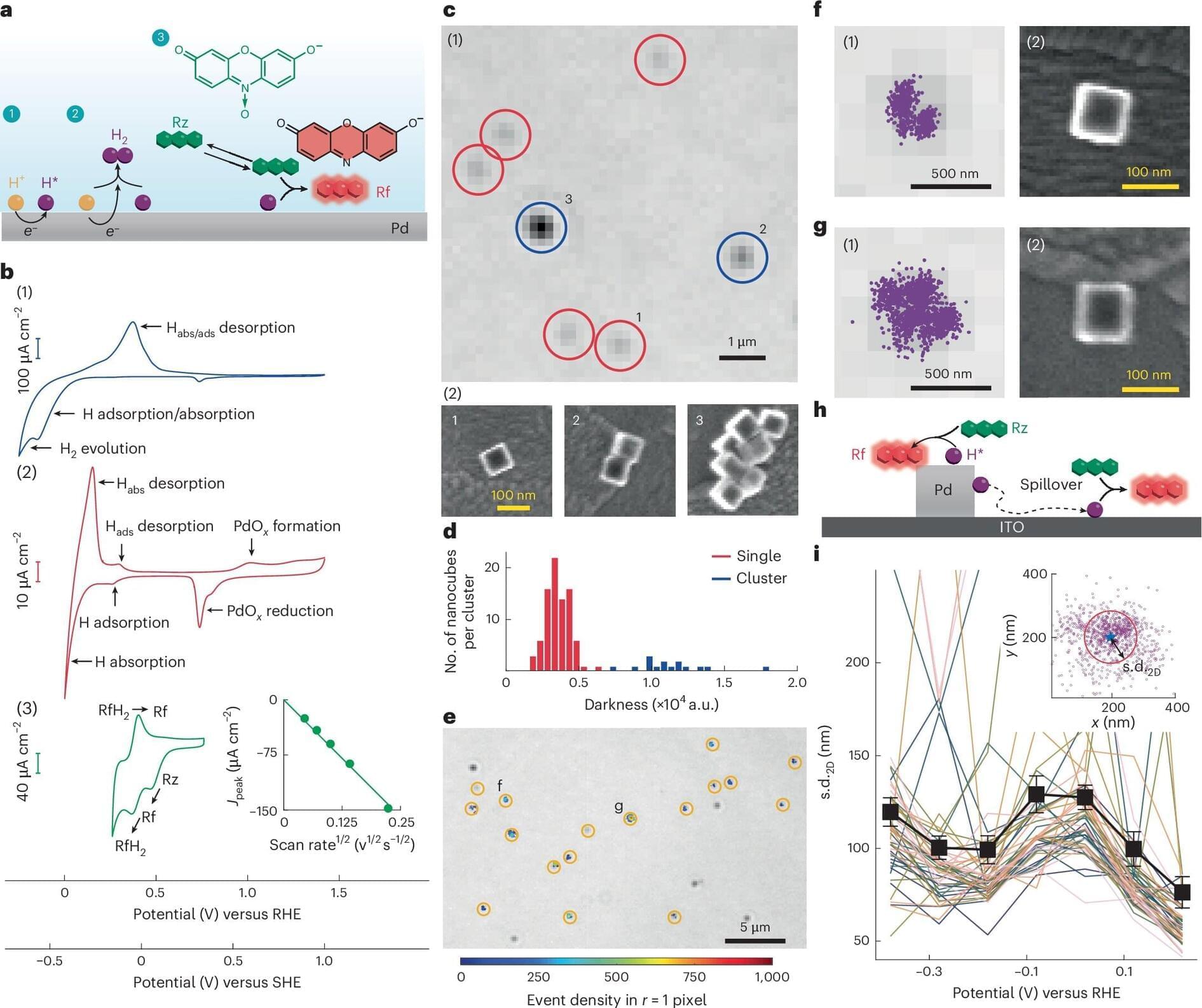
Electrocatalytic transformations not only require electrical energy—they also need a reliable middleman to spark the desired chemical reaction. Surface metal-hydrogen intermediates can effectively produce value-added chemicals and energy conversion, but, given their low concentration and fleeting lifespan, they are difficult to characterize or study in depth, especially at the nanoscale.
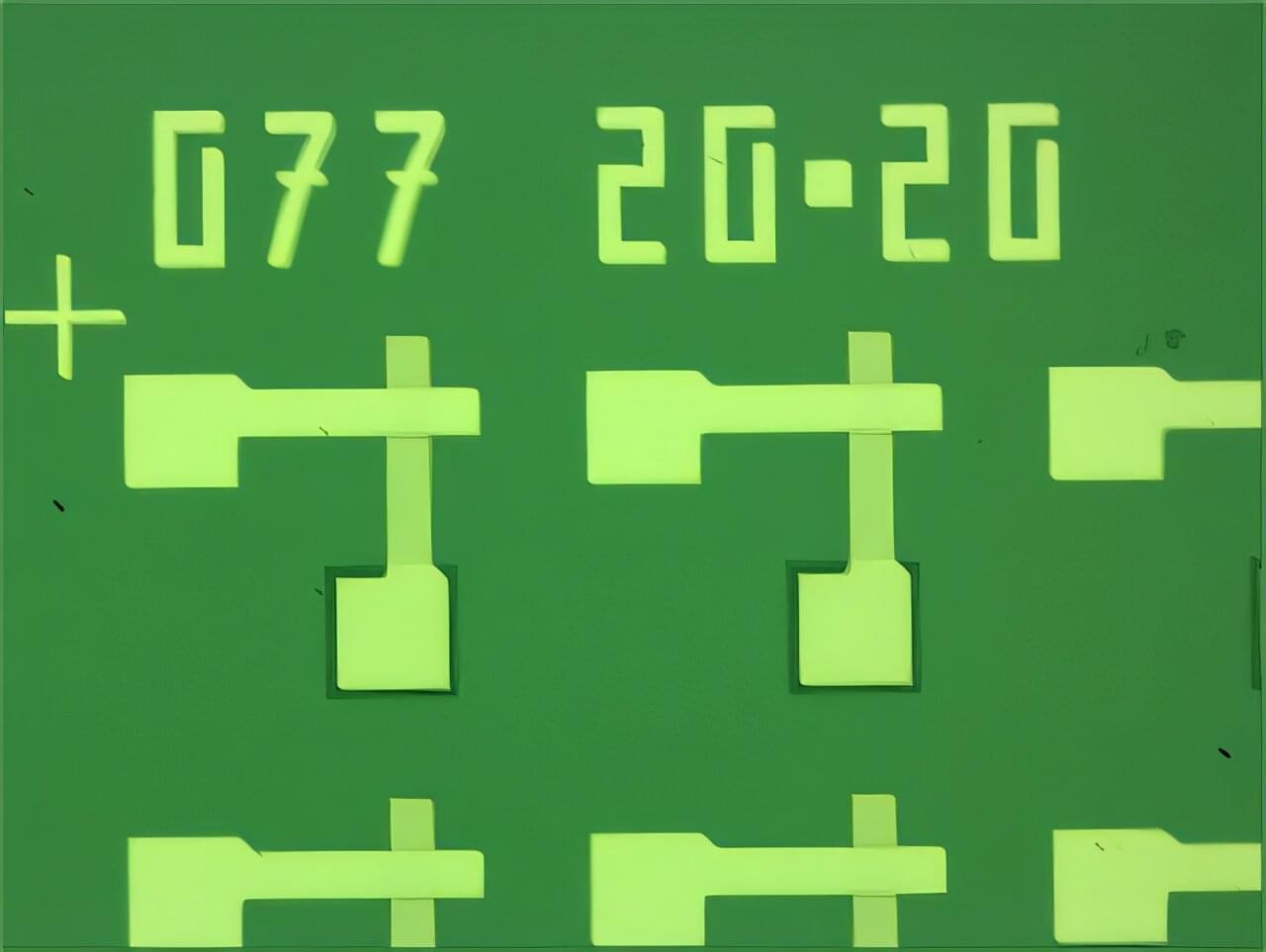
Researchers at Forschungszentrum Jülich, together with international collaborators, have demonstrated for the first time that memristors—novel nanoscale switching devices—can provide stable resistance values directly linked to fundamental constants of nature. This paves the way for electrical units such as electrical resistance to be traced back far more simply and directly than it has been possible to date. By contrast, conventional, quantum-based measurement technology is so demanding that it can only be carried out in a few specialized laboratories worldwide.
The paper is published in the journal Nature Nanotechnology.
Since 2019, all base units of the International System of Units (SI)—including the meter, second, and kilogram—have been based on fundamental natural constants. For example, the kilogram, which was once based on the “prototype kilogram,” is now linked to Planck’s constant h. A meter is defined by the speed of light, and a second by the oscillation of the cesium atom.
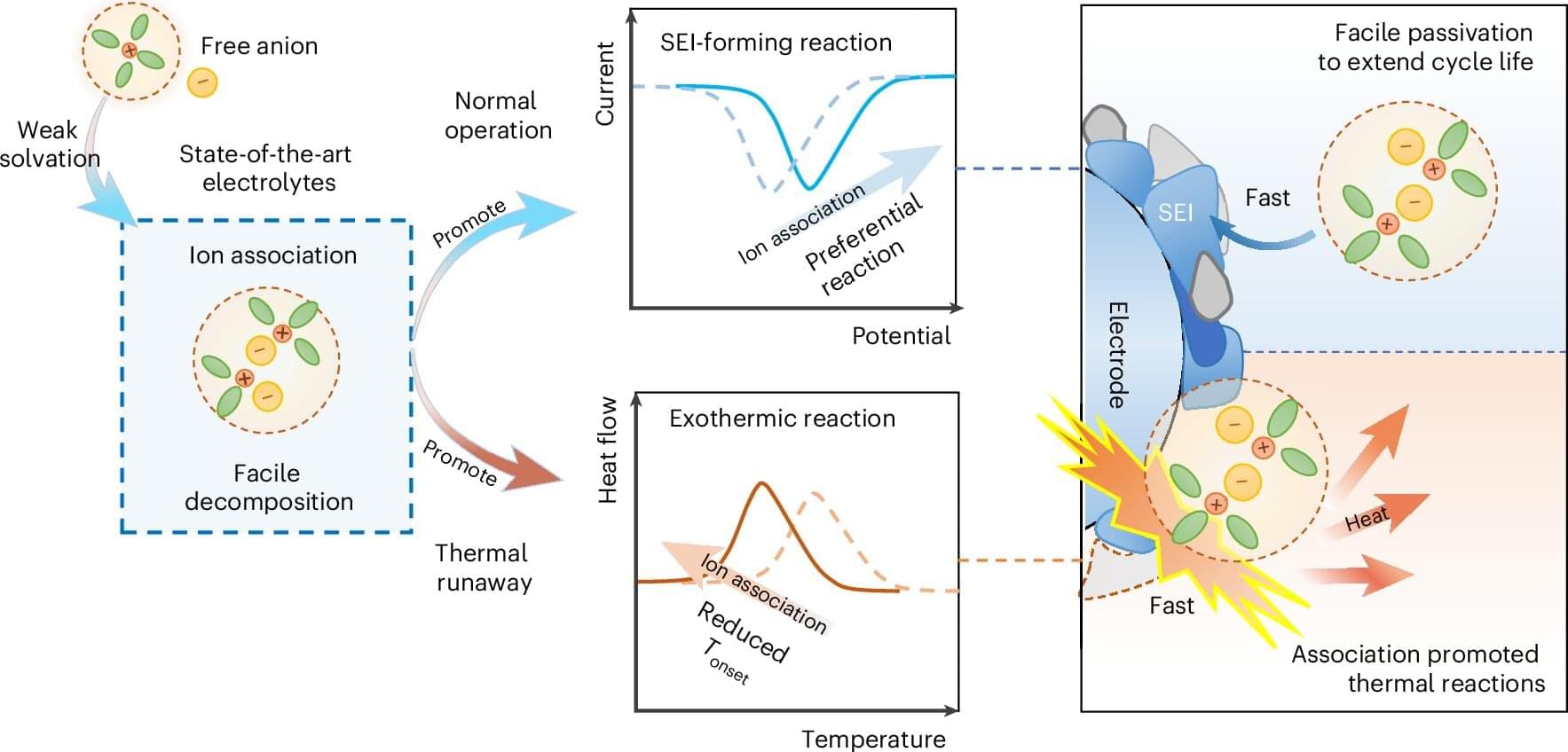
Conventional lithium-ion batteries are known to present a fire risk, and can even cause explosions in certain cases. The widespread usage of lithium-ion batteries, in everything from electric vehicles to electric toothbrushes, makes lithium-ion battery fire risk mitigation a major priority. There is a great need for lithium-ion battery designs that balance long cycle life, high voltage, and safety.
The fire risk arises when lithium-ion batteries undergo some kind of physical damage, are overcharged or even when they have manufacturing defects. This causes thermal runaway when anions—or negatively charged ions—break their bonds with lithium and release heat. Conventional lithium-ion batteries can undergo a temperature change of over 500°C when this occurs.
However, researchers in China have now found a way to drastically reduce the heat released when lithium-ion batteries are damaged. Their study, published in Nature Energy, details the new design and the experimental results of nail penetration tests, in which the temperature rise was only around 3.5°C.
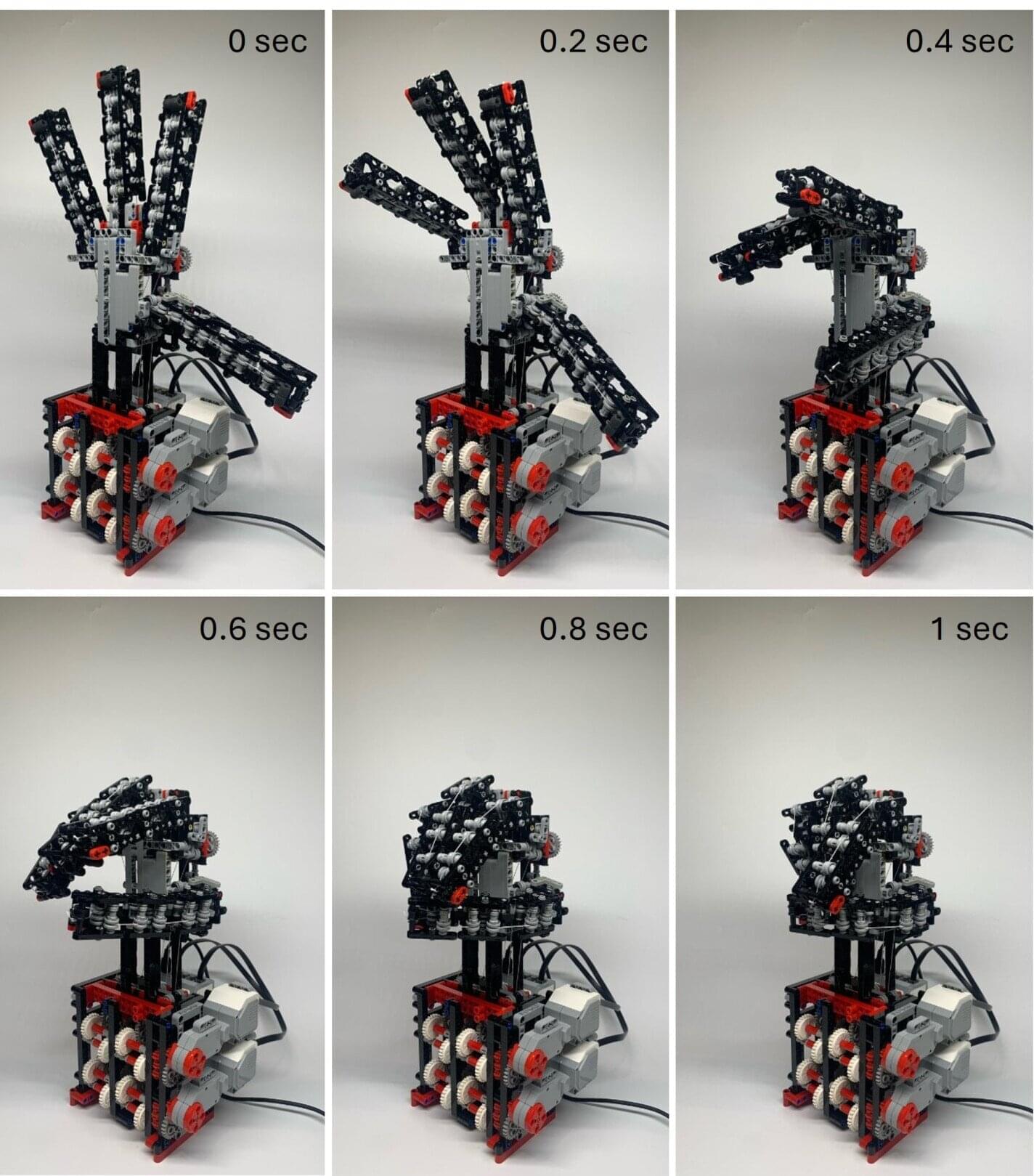
A talented teenager from the UK has built a four-fingered robotic hand from standard Lego parts that performs almost as well as research-grade robotic hands. The anthropomorphic device can grasp, move and hold objects with remarkable versatility and human-like adaptability.
Jared Lepora, a 16-year-old student at Bristol Grammar School, began working on the hand a couple of years ago with his father, who works at the University of Bristol. Called the Educational SoftHand-A, it is made entirely of LEGO MINDSTORMS components and is designed to mimic the shape and function of the human hand. The only non-LEGO parts are the cords that act as tendons.
The hand’s four fingers (an index, middle, pinkie and opposing thumb) and twelve joints (three on each finger) are driven by two motors that control two sets of tendons. One tendon opens the hand while the other closes it, similar to the push-pull system of our own muscles.
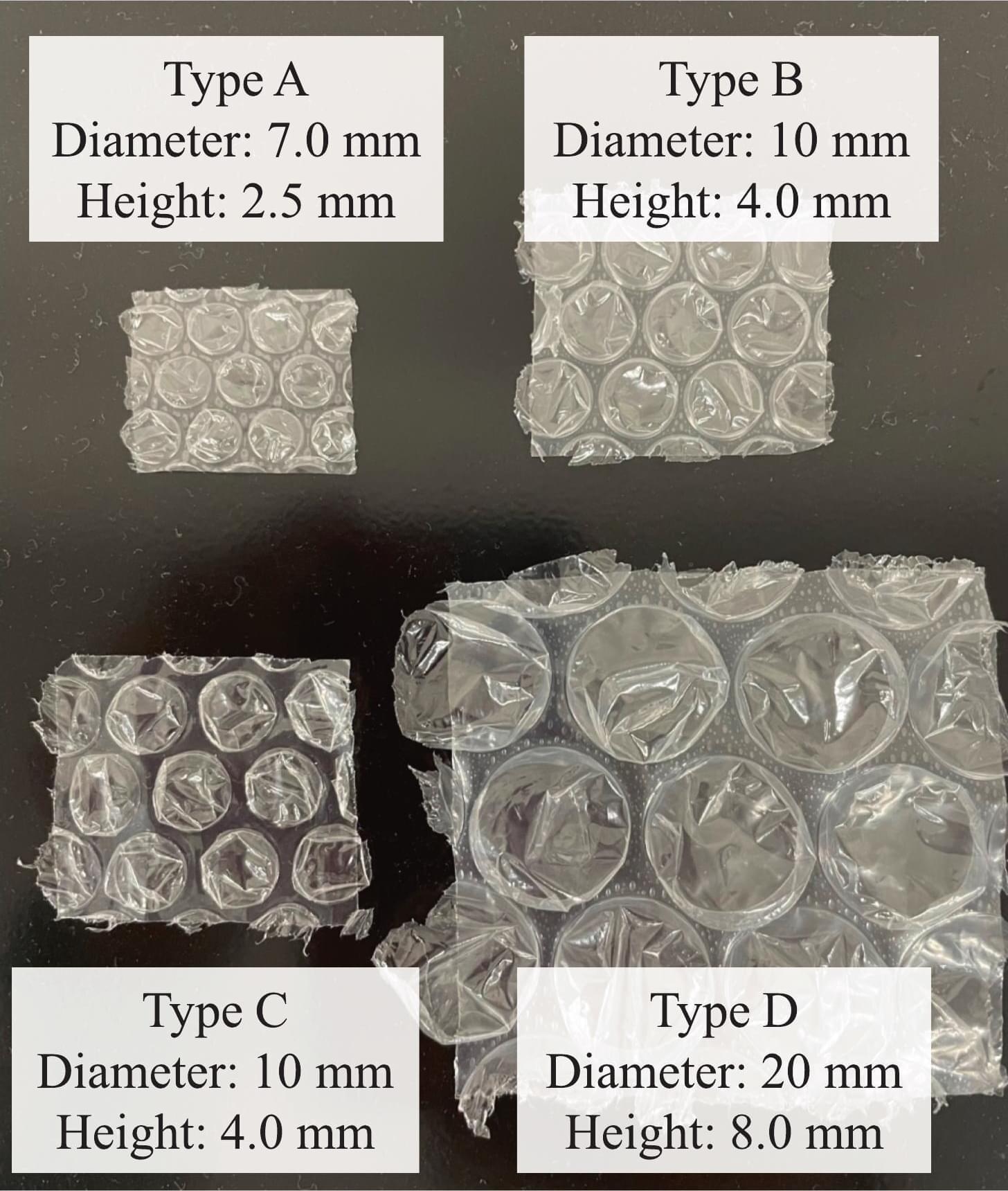
Non-destructive testing allows engineers to evaluate the integrity of structures such as pipelines, tanks, bridges, and machinery without dismantling them. Conventional approaches rely on loudspeakers, lasers, or electric sparks. While effective, these systems can be difficult or dangerous to use in flammable or confined areas and require considerable power to function effectively.
Now, a new study from Japan, available online in Measurement, shows how a common packaging material can replace power-hungry devices in non-destructive testing. The team, led by Professor Naoki Hosoya, along with Shuichi Yahagi from Tokyo City University, Toshiki Shimizu and Seiya Inadera from the Shibaura Institute of Technology, and Itsuro Kajiwara of Hokkaido University, found a simple way to test pipes for hidden flaws by using bubble wrap.
The researchers discovered that the sharp crack of a bubble burst can be a viable substitute for the expensive, energy-dependent tools usually employed in non-destructive testing. The researchers claim the method can detect objects inside a pipe within a 2% error margin, without requiring electricity or heavy equipment.